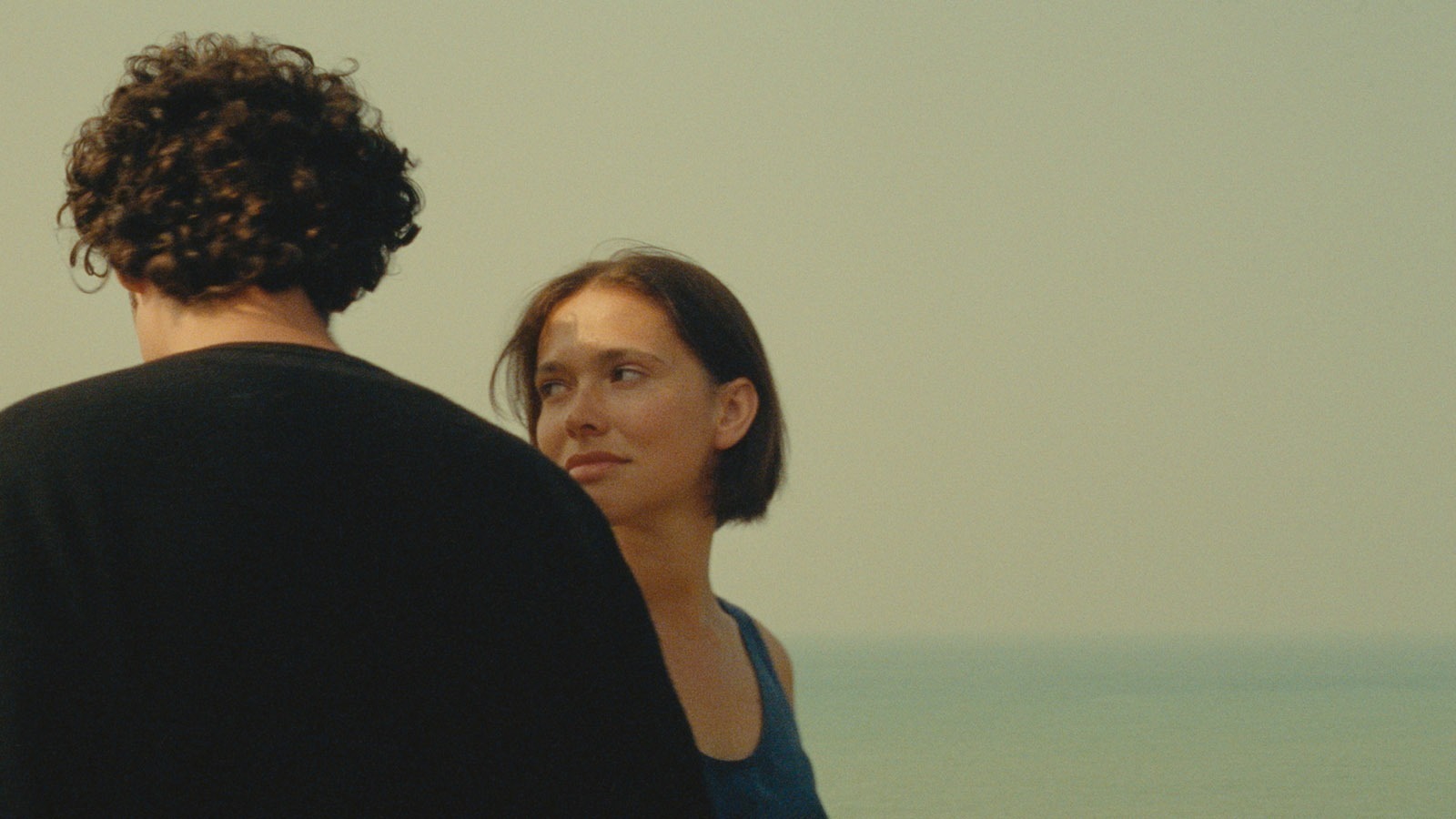Desires Betrayed

As Manohla Dargis notes in the New York Times, Cannes “has been fairly sleepy since [Johnny] Depp and company came and went,” but it’s about to pick up again. The festival will premiere new films from Nuri Bilge Ceylan, Jonathan Glazer, Lisandro Alonso, and Wang Bing today, and the weekend will bring new work from Jean-Luc Godard, Todd Haynes, Justine Triet, and of course, Martin Scorsese. The most fun way to keep up until we return with surveys of early critical response to these films would be to follow the podcasts from Film Comment and Nicolas Rapold.
- David Hering recently watched his way through the oeuvre of Eric Rohmer, and writing for the Point, he observes that “seeing these films in close succession proved to be a revelatory experience. I was watching them from my home in Liverpool in the long, grim aftershadow of Brexit, as the UK hauled itself out of a fifty-year relationship with Europe. In this context the films appeared as dispatches from a shared memory now abandoned.” At the Reveal, Keith Phipps celebrates the arrival of new restorations of the four films in the Tales of the Four Seasons cycle on the Criterion Channel by ranking them. And a lot of you are going to want to follow this on Instagram: rohmerfits.
- Characters in the films of Jean-Pierre and Luc Dardenne “come in two strains,” writes Joshua Craze for the New Left Review: “those who evince no interest in anything other than playing their part in a brutal transactional economy, and those who look in vain for normative attachments. This second group is driven by the desire for normalcy: a job, a family, and a sense of a whole, ordered life. The world in which these dreams made sense is long gone, if it ever existed, but the desires remain.” These characters are “caught in what [the late cultural theorist Lauren] Berlant would call a state of ‘cruel optimism,’ wedded to hopes and desires that post-industrial capitalism cannot deliver . . . The endings of the Dardennes’ most interesting films gesture beyond this bleak vision.”
- A new 4K restoration of Patrice Chéreau’s The Wounded Man (1983) is out from Altered Innocence. Inspired by Jean Genet’s A Thief’s Journal, Chéreau’s third feature (though he liked to refer to it as his first) is the story of a teenager’s sudden obsession with an older man he spots at a train station. “Like Cruising and the German Taxi zum Klo, both of which premiered in 1980,” writes Melissa Anderson in 4Columns, “Chéreau’s movie—the potency of its unsanitized eros diminished slightly by the too-predictable final-act liebestod—blithely renounced the ‘positive images’ then being demanded by gay activists.” Anderson also explains why The Wounded Man “might be thought of as an exemplar of cinéma du smell.”
- The current issue of n+1 features a beautiful piece from Victoria Uren on the work of Joanna Hogg, whose “cinematic vocabulary—a painterly compositional sense; intensely considered, freighted restraint—invites you to look for the secret in the plain face. Her takes can be quiet and static, long and lacking in dramatic significance, but they are never boring—you are never actually waiting—because she has trained you to inspect the small change for the news of life . . . The memoiristic impulse that courses through Hogg’s body of work is clearly tied to an urge to preserve who she has been marked by, who she has loved.”
- The work of Matthew Barney is “the stuff of violent mass spectacle, human achievements on grand architectural and operatic scales, secret societies, and arcane rituals,” writes Walter Chaw at RogerEbert.com. Secondary, the new five-channel video installation on view through June 25, is “so hypnotic that even those repelled by Barney’s machismo will fall under its spell,” finds ARTnews senior editor Alex Greenberger. New York’s Metrograph is currently screening The Cremaster Cycle, and in a marvelous piece on art and scale, Dan Fox notes that these five films are “composed of spectacular and surreal scenes—of extreme duration, often involving the transference of various fluids and oozes—that allegorize the human body. Their iconography is occult, built from layers of modernist reference and Masonic Americana, the kind of symbolism which, if the films were made today, might accidentally give birth to an ugly new conspiracy cult.”



